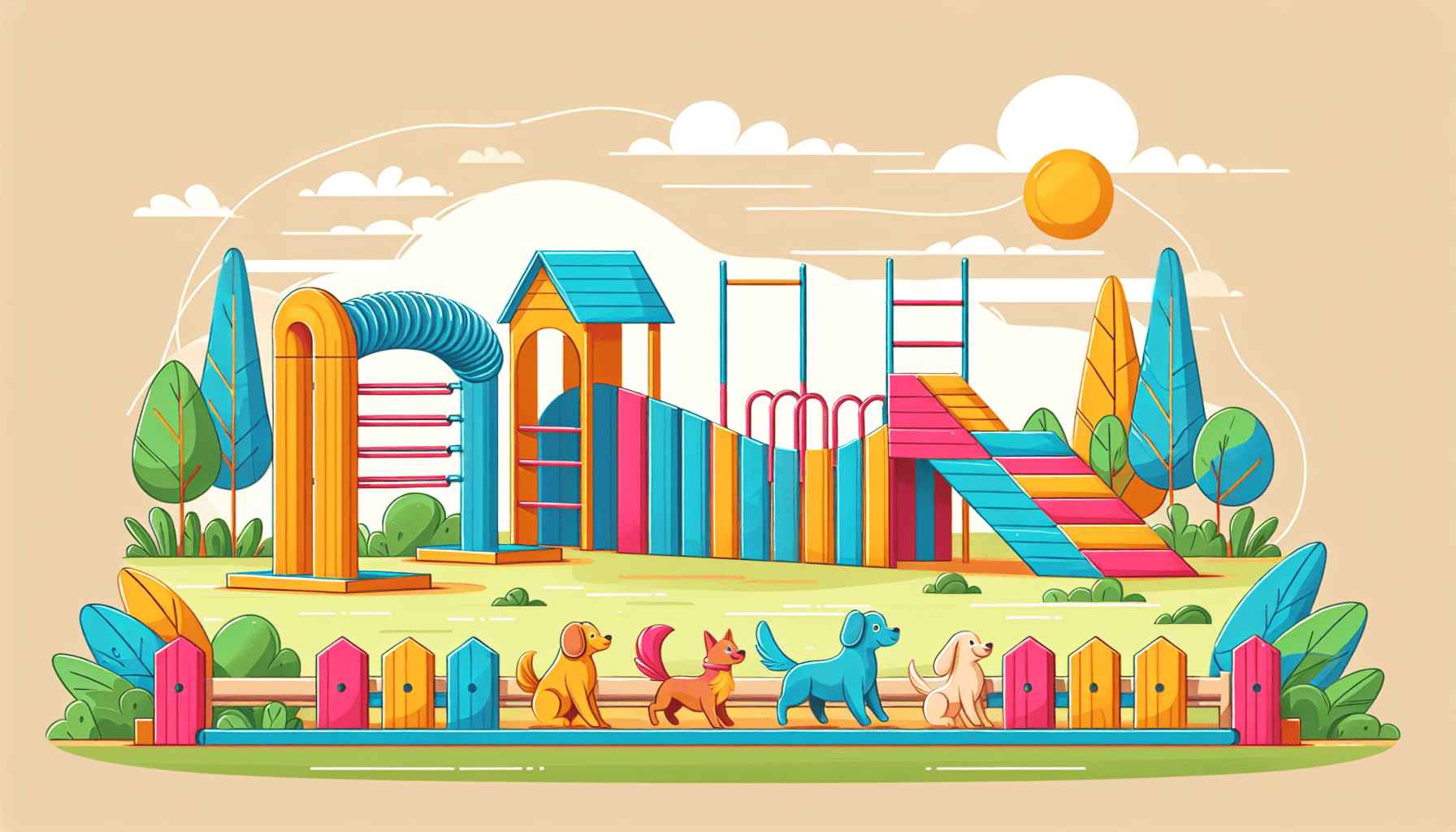Are Dog Parks Inclusive?
Have you ever visited a dog park and felt like some dogs were left out or not able to enjoy themselves fully? Creating an inclusive dog park is not only beneficial for all dogs, but it also enriches the experience for dog owners. In this article, we will discuss how you can make your local dog park a welcoming and inclusive space for all dogs and their owners.

Designing an Accessible Layout
When designing an inclusive dog park, it’s crucial to create a layout that is accessible to all dogs, regardless of their size, age, or physical abilities. Plan out different areas within the park that cater to various needs, such as large open spaces for larger and more active dogs, and smaller, enclosed areas for smaller or shyer dogs. Additionally, consider including separate areas for puppies, senior dogs, and dogs with special needs to ensure that every dog feels safe and comfortable in the park.
Providing Ample Seating and Shade
Dogs and their owners need a comfortable place to sit and relax while visiting the dog park. Make sure to provide plenty of seating options, such as benches, picnic tables, and chairs, throughout the park. Additionally, consider adding shelters or shade structures to protect both dogs and owners from the sun, especially during hot summer months. Accessible seating and shade are essential for creating a welcoming environment for all visitors.
Installing Water Stations
Staying hydrated is vital for dogs, especially when they are running and playing in the park. Install multiple water stations throughout the park to ensure that dogs have easy access to clean, fresh water at all times. Consider using elevated water bowls to accommodate dogs of all sizes, from small breeds to larger ones. Proper hydration is essential to keep all dogs safe and comfortable while playing in the park.
Including Agility Equipment
Agility equipment is not only fun for dogs to play on, but it also promotes physical activity and mental stimulation. Consider incorporating agility equipment such as tunnels, jumps, and weave poles into the layout of the dog park. Make sure the equipment is safe and accessible for dogs of all sizes and abilities. Agility equipment adds an extra element of engagement for dogs and encourages social interaction between dogs and their owners.

Maintaining Cleanliness and Hygiene
Keeping the dog park clean and hygienic is essential for the health and well-being of all dogs and their owners. Provide waste bags and disposal stations strategically placed throughout the park to encourage owners to pick up after their dogs. Regularly clean and disinfect the park, including water stations, seating areas, and agility equipment. Maintaining cleanliness and proper hygiene standards creates a safe and enjoyable environment for all visitors.
Implementing Rules and Etiquette Guidelines
Establishing clear rules and etiquette guidelines for visitors to the dog park is crucial for promoting a safe and respectful environment. Display signs with rules such as “dogs must be on a leash at all times” and “pick up after your dog” at the entrance of the park. Encourage owners to monitor their dogs’ behavior and intervene if necessary to prevent any conflicts or aggressive interactions. Enforcing rules and etiquette guidelines helps create a harmonious and inclusive atmosphere for all visitors.
Promoting Inclusivity and Diversity
Promote inclusivity and diversity within the dog park by welcoming dogs of all breeds, sizes, and personalities. Encourage dog owners to be respectful and accepting of each other and their furry companions. Organize events and activities that cater to the diverse needs and interests of all visitors, such as breed-specific meetups or training sessions. Embracing diversity creates a sense of community and belonging within the dog park, making it a more inclusive and welcoming space for everyone.
Seeking Feedback and Suggestions
To ensure that your dog park remains inclusive and responsive to the needs of its visitors, seek feedback and suggestions from the community regularly. Create a suggestion box or an online feedback form where visitors can share their thoughts and ideas for improving the park. Consider forming a volunteer advisory group comprised of dog owners and park users to help implement new initiatives and address any concerns. By actively seeking feedback, you show a commitment to creating a dog park that is truly inclusive and supportive of all visitors.
Conclusion
By following these guidelines and tips, you can create an inclusive dog park that caters to the diverse needs and interests of all dogs and their owners. Designing an accessible layout, providing ample seating and shade, installing water stations, including agility equipment, maintaining cleanliness and hygiene, implementing rules and etiquette guidelines, promoting inclusivity and diversity, and seeking feedback and suggestions are all essential steps in creating a welcoming and inclusive environment for everyone. Remember, a well-designed and inclusive dog park benefits not only the dogs but also the entire community of dog owners.

